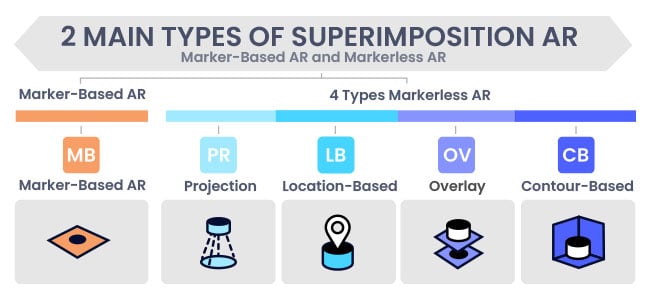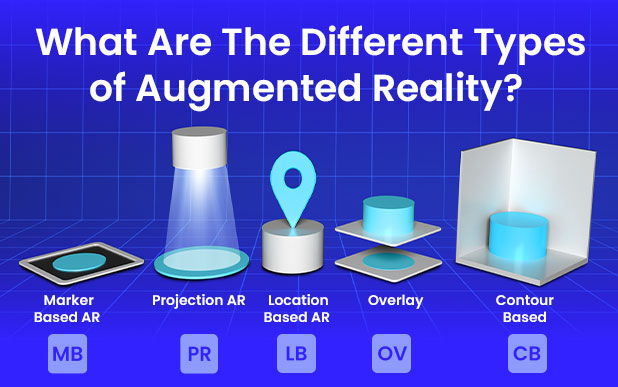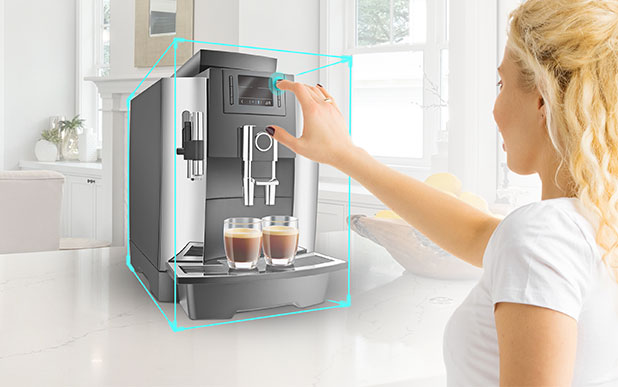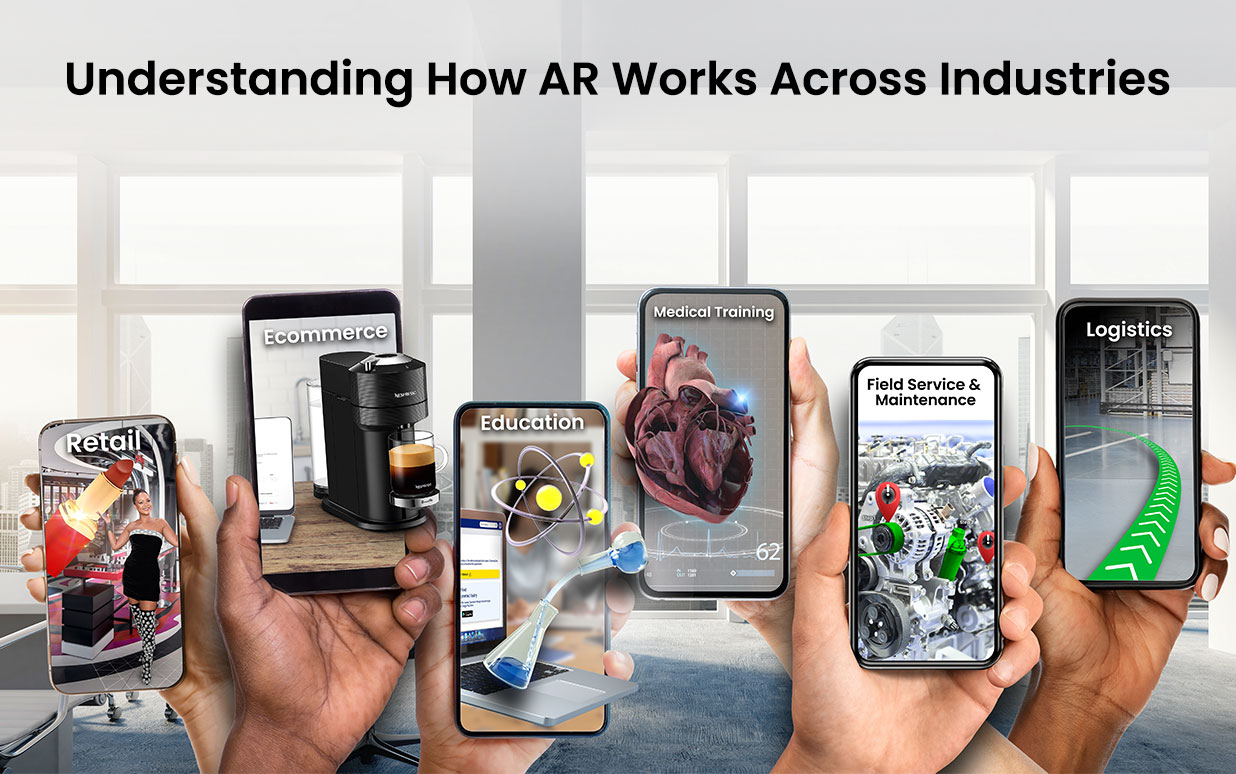Augmented reality (AR) is no longer science fiction—and it isn't just for gamers. Offering an interactive experience in a real-life environment, the technology essentially adds to (or augments) your immediate surroundings with virtual elements.
AR superimposes digital imagery into your field of vision, meaning it partially or fully replaces your un-augmented view. Within this basic interpretation, there are a few different types of augmented reality. Here's what to know.
2 Main Types of Superimposition AR
Superimposition augmented reality uses object recognition to create the virtual experience. The augmented image replaces the original image either partially or fully. The two core types of superimposition augmented reality are marker-based and markerless, the latter of which includes four main categories. Read on for a rundown of each.
Marker-Based AR
Marker-based AR leans on a visual marker to activate the altered, interactive experience. The most common markers used are two-dimensional QR codes. Short for quick response, a device's camera recognizes the machine-readable barcode and responds by producing visual effects.
Though marker-based augmented reality was once groundbreaking, it has some limitations. The technology can usually only be used with mobile devices, such as a smartphone or tablet. Also, users have to download the app or software in order to experience the content, so it doesn't have that instantaneous allure we've become so accustomed to in today's digital age.

Markerless AR
Markerless augmented reality doesn't require image recognition to produce visual effects. Instead, the technology uses a device's camera, location software, and accelerometer to detect positional information, including the orientation of different objects and the space between them.
From there, it calls on simultaneous localization and mapping (SLAM) to interpret the surrounding three-dimensional environment. Then the AR content is displayed on top of the physical worldview and observable from any position or angle.
Developing markerless AR is undoubtedly complex. Still, the technology is quickly eclipsing its marker-based counterpart as the top choice among forward-thinking manufacturers and aggregators.
4 Types of Markerless Augmented Reality
The two primary types of markerless AR include projection-based and location-based, but you may also run into overlay and contour-based.
Projection-Based Augmented Reality:
As its name suggests, projection-based AR projects immersive light onto a flat surface to create 3D imagery. It then uses SLAM to detect human interaction with the augmentation. For instance, the projection-based AR can be used to create holograms that can be used for business purposes or just for fun.
Location-Based Augmented Reality:
With location-based AR, the content is fixed to a specific physical space. It maps the real-world environment and defines visual positions in your surroundings. Once your device detects a match with the mapped location, it superimposes digital imagery accordingly. Pokémon GO is the most well-known example of location-based augmented reality.
-jpg.jpeg)
Overlay AR:
Overlay markerless AR replaces the un-augmented view of an object with an enhanced virtual image of the same item, complete with multiple visual perspectives. The Nextech Configurator is a great example of this technology. The product configurator tool allows users to change the color of a 3D product model as well as its arrangement. This lets customers customize how it visually looks and then place it within their room to see how it fits in their own space.
Contour-Based AR:
Then there's contour-based augmented reality (or outlining AR), which leverages SLAM to outline the silhouettes of objects and simulate a realistic human interaction. For example, it might be used to develop a safe-driving application for nighttime, poorly-lit roads, heavy precipitation, and other low-visibility situations.
AR Industries and Applications
The sky's the limit with augmented reality as companies continue to combine the physical and virtual worlds to create real-time interactions . The technology has enormous potential in a wide range of industries, including e-commerce, manufacturing, transportation, travel, education, and healthcare.
It can be harnessed for endless applications, such as interactive demos, 3D product imagery, translations, lessons, facial recognition, autonomous processes, and marketing —to name just a few.
Get in touch with Nextech AR to learn more.







